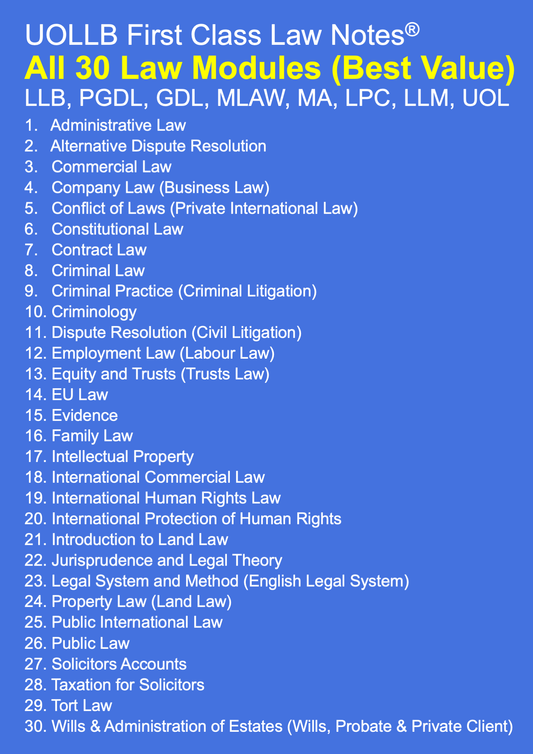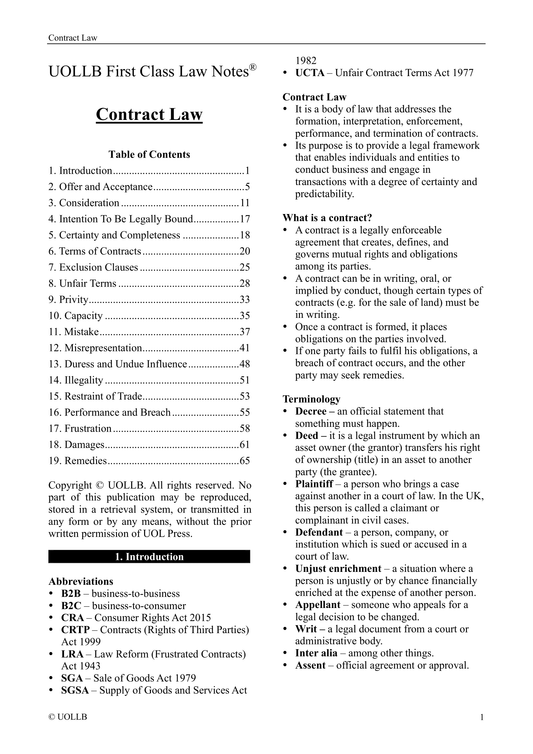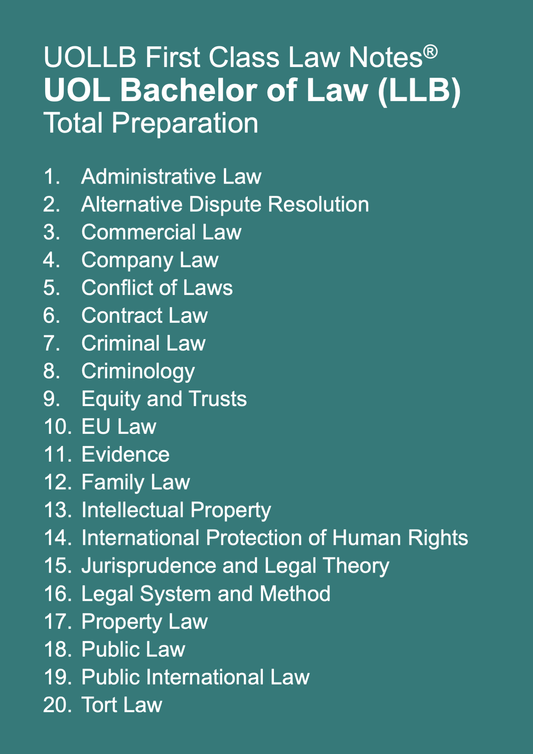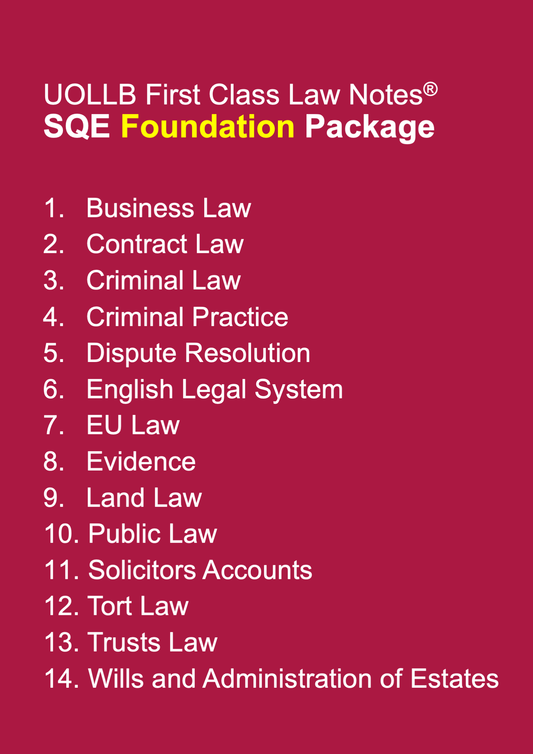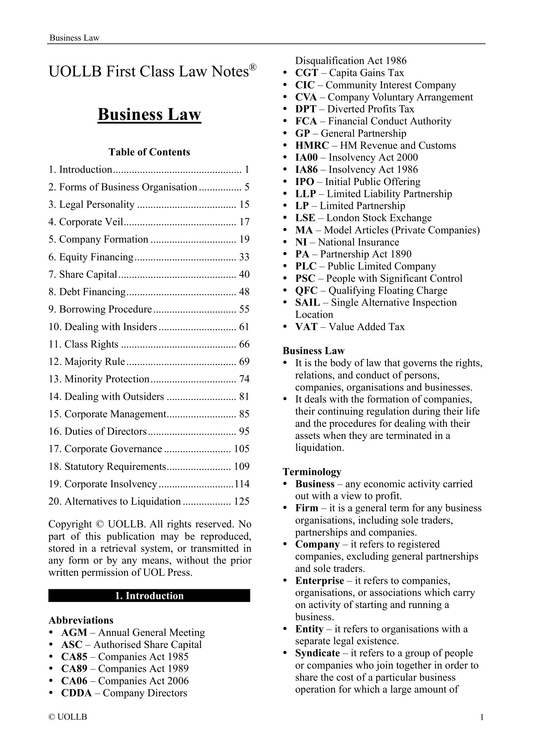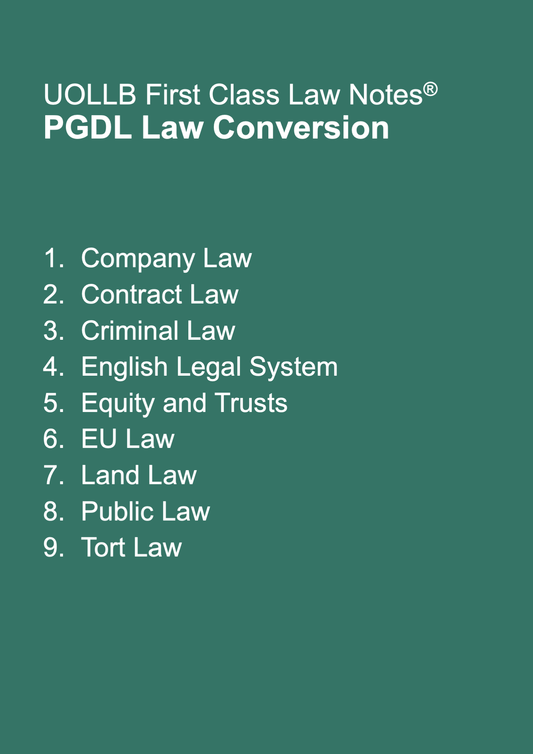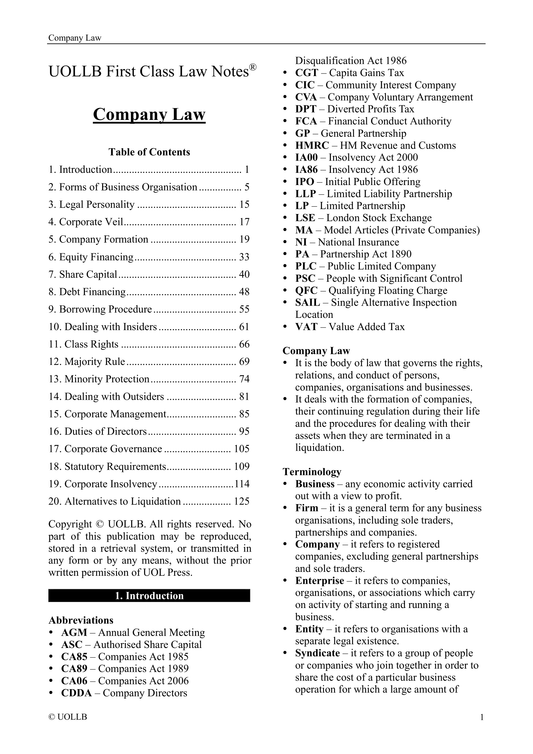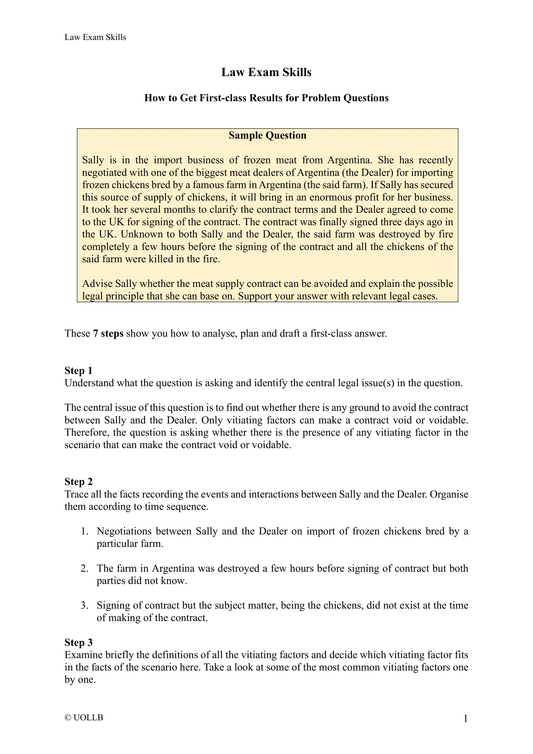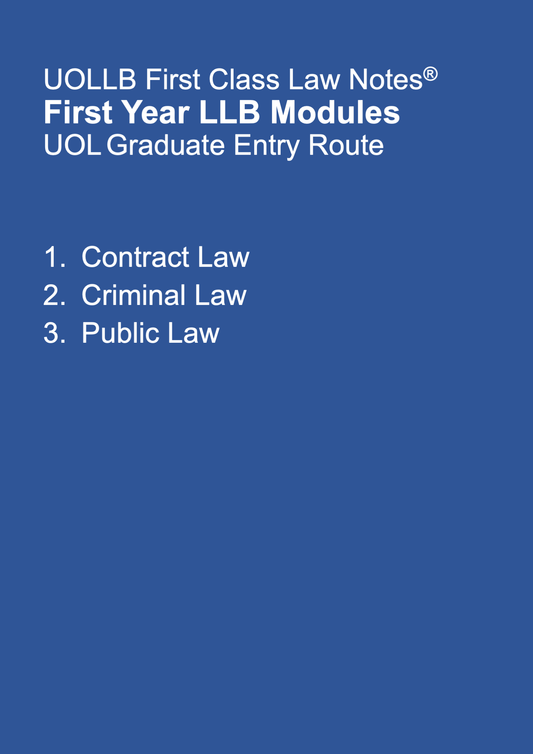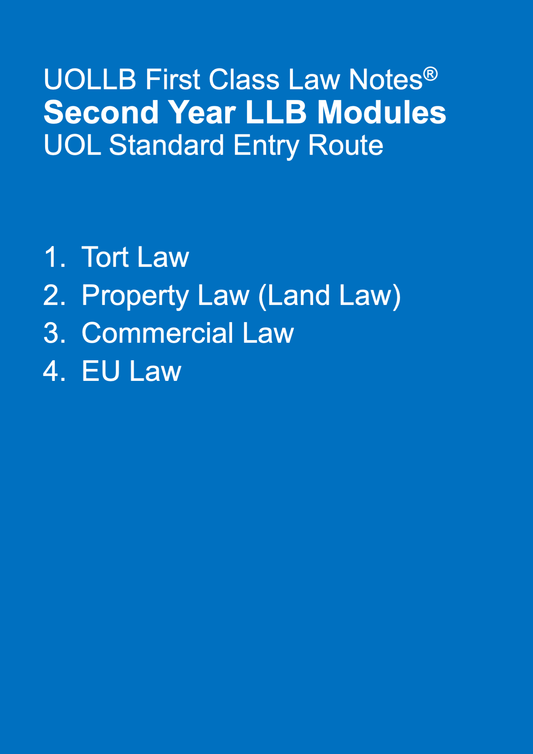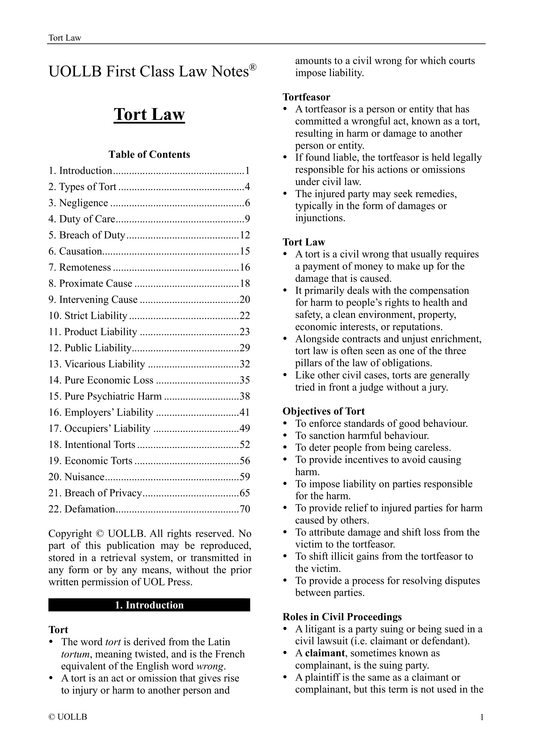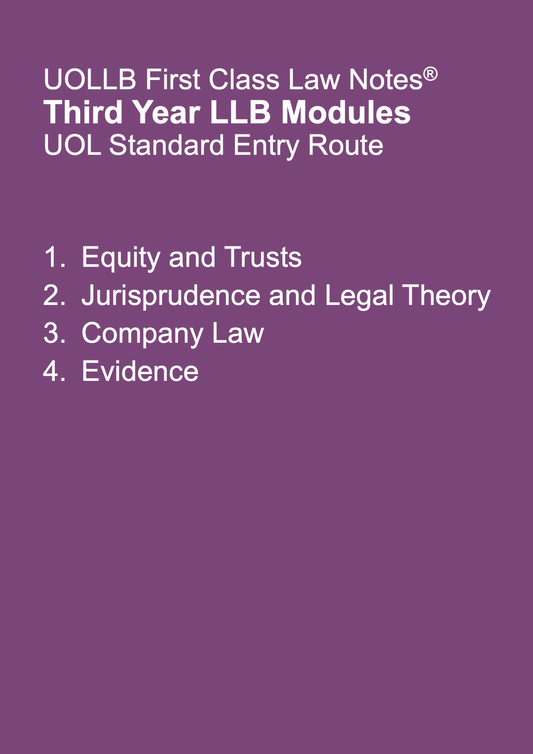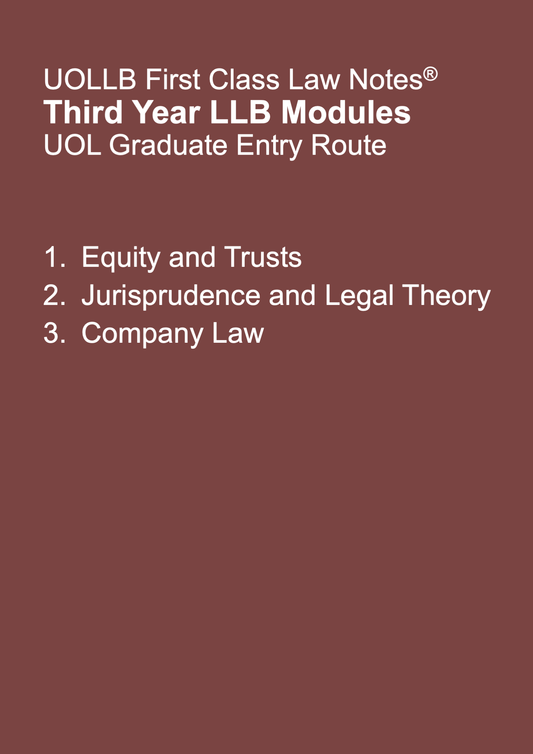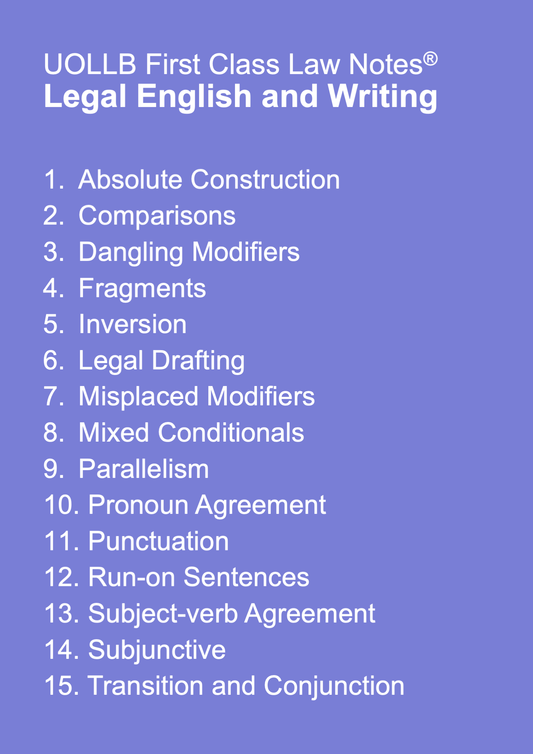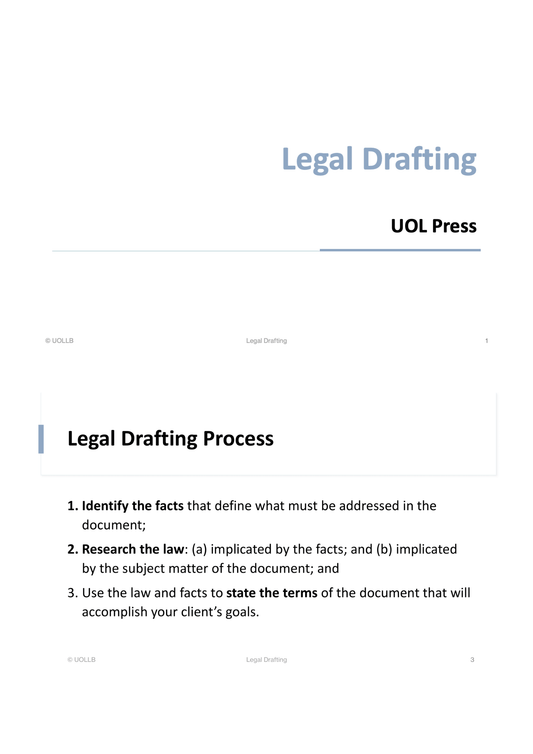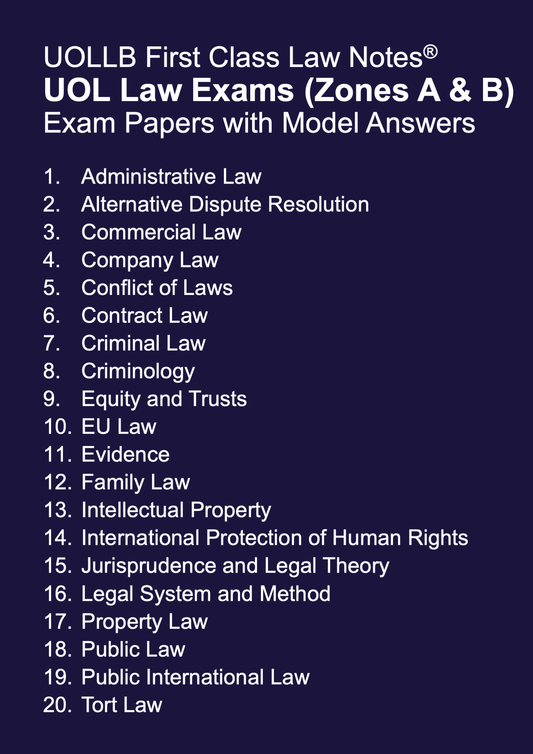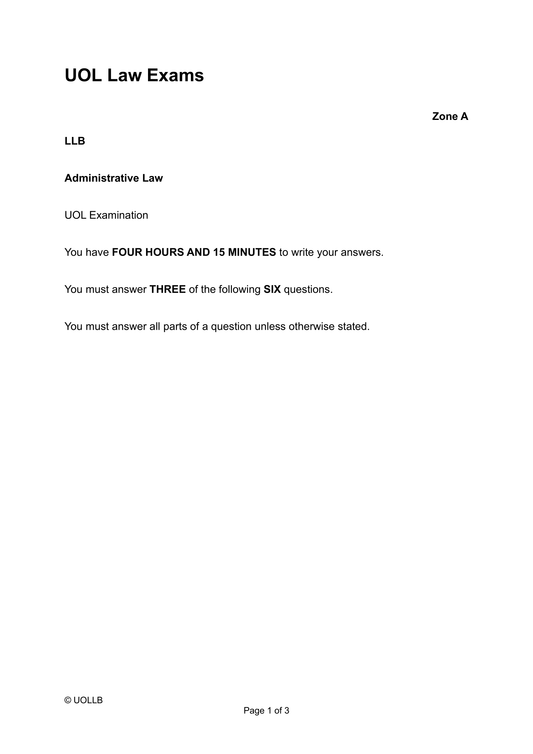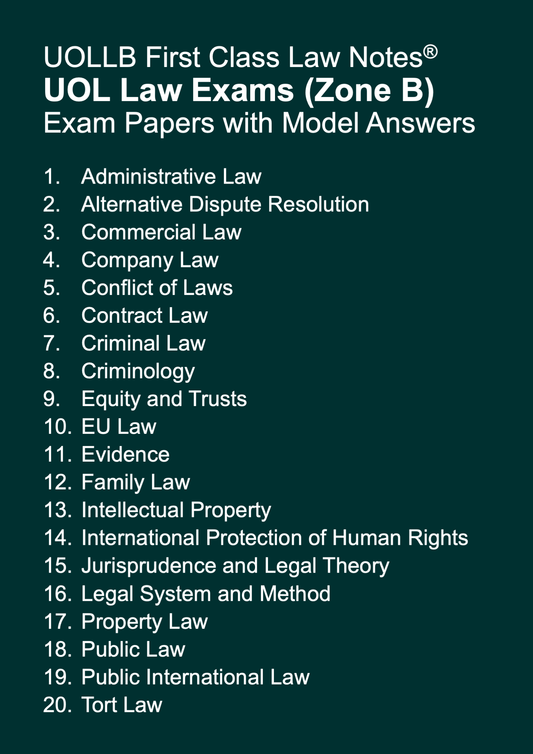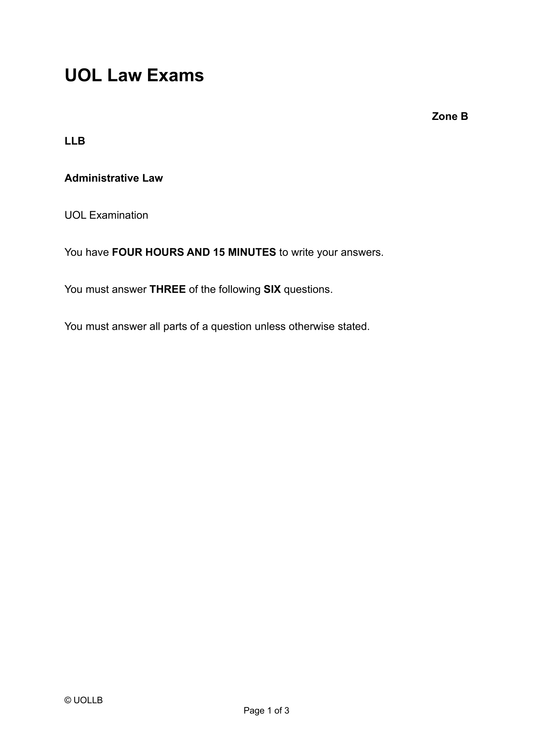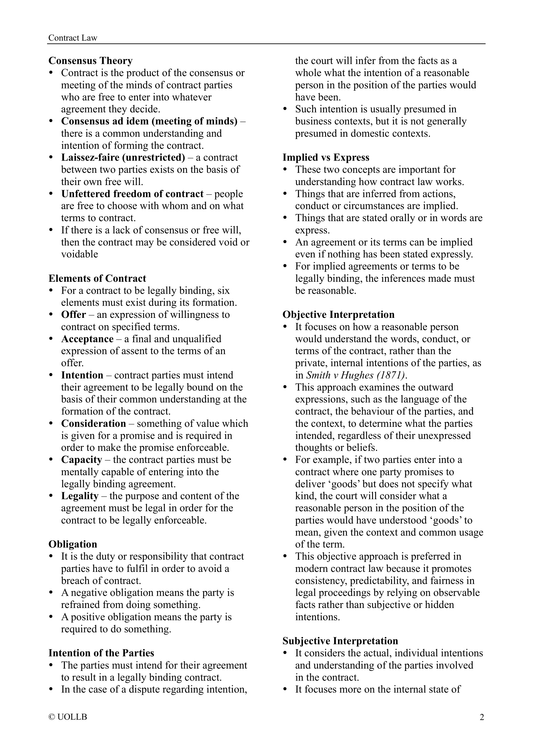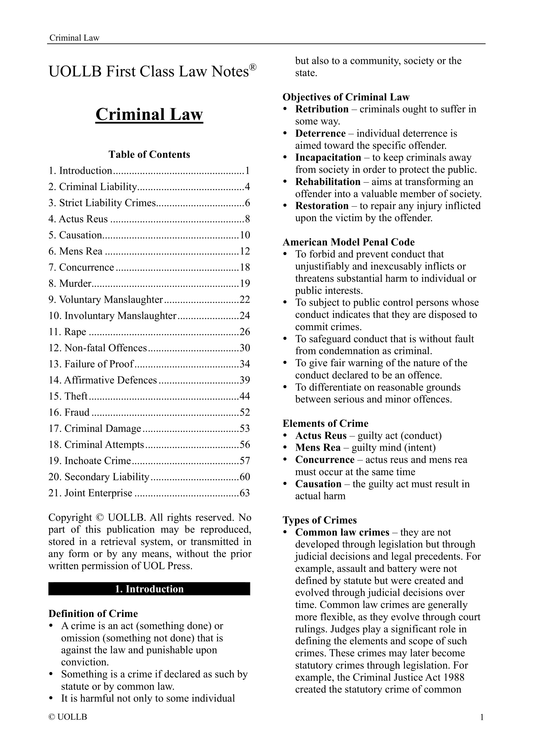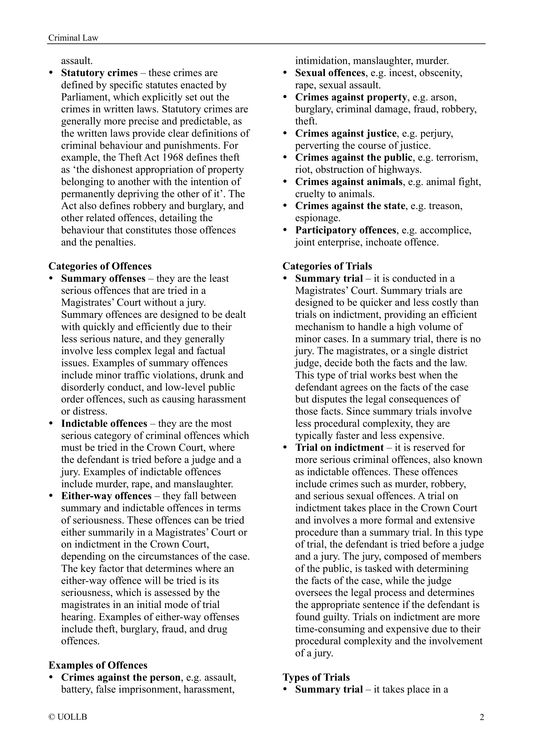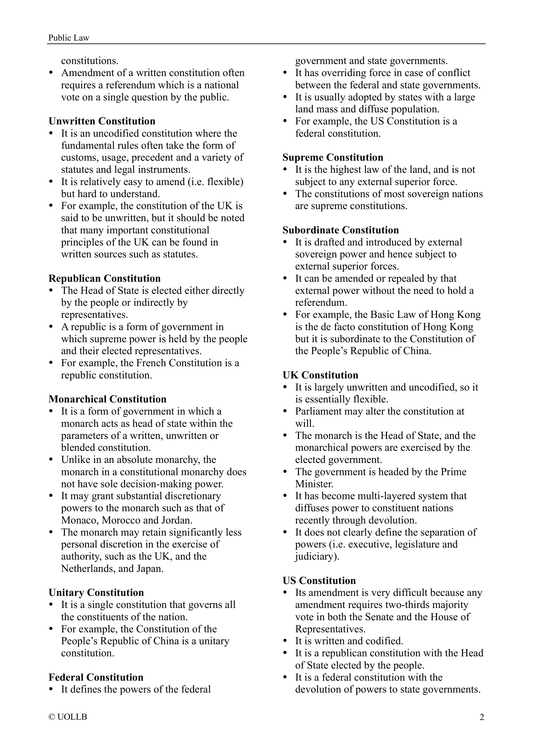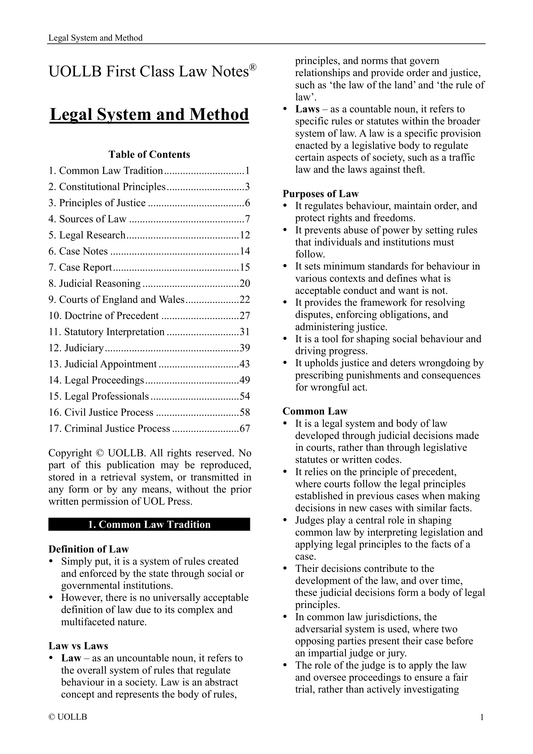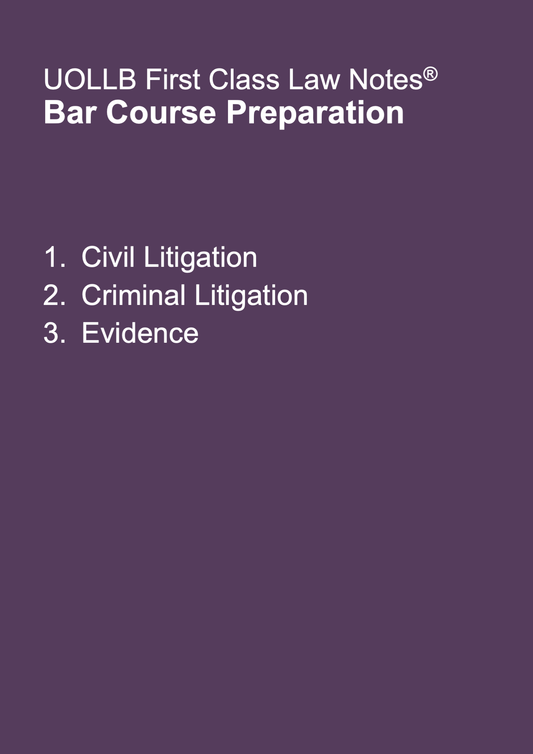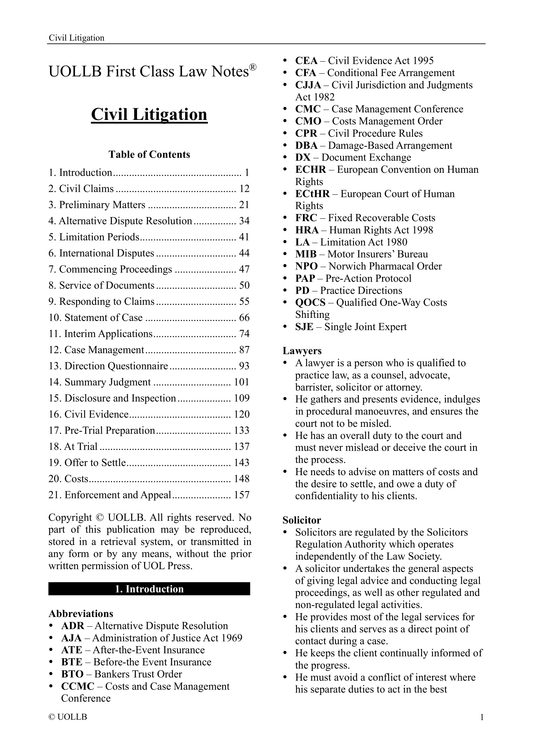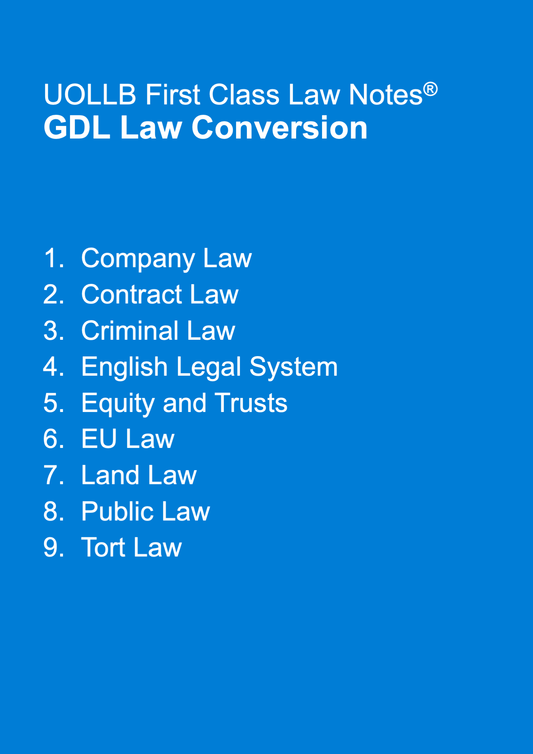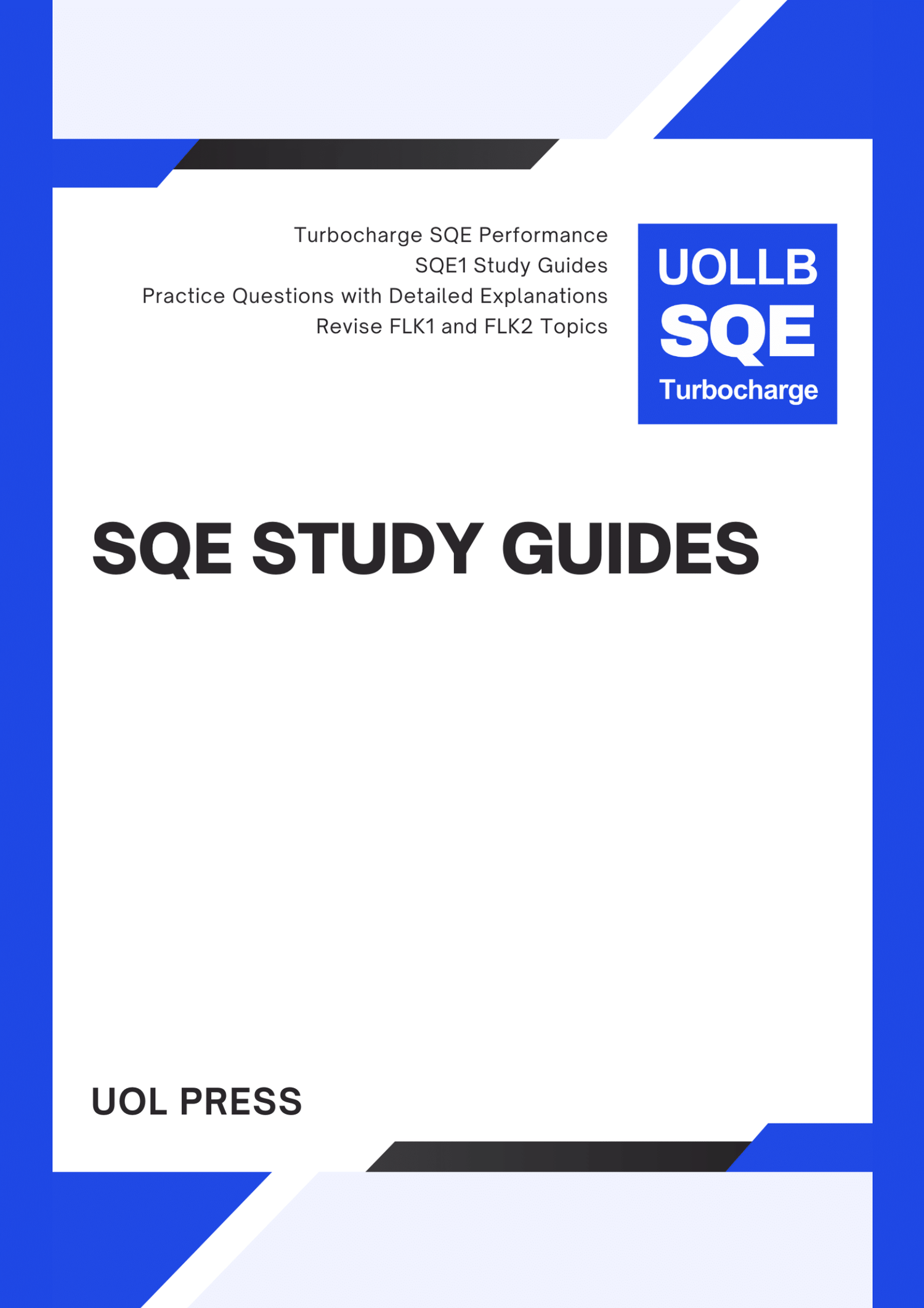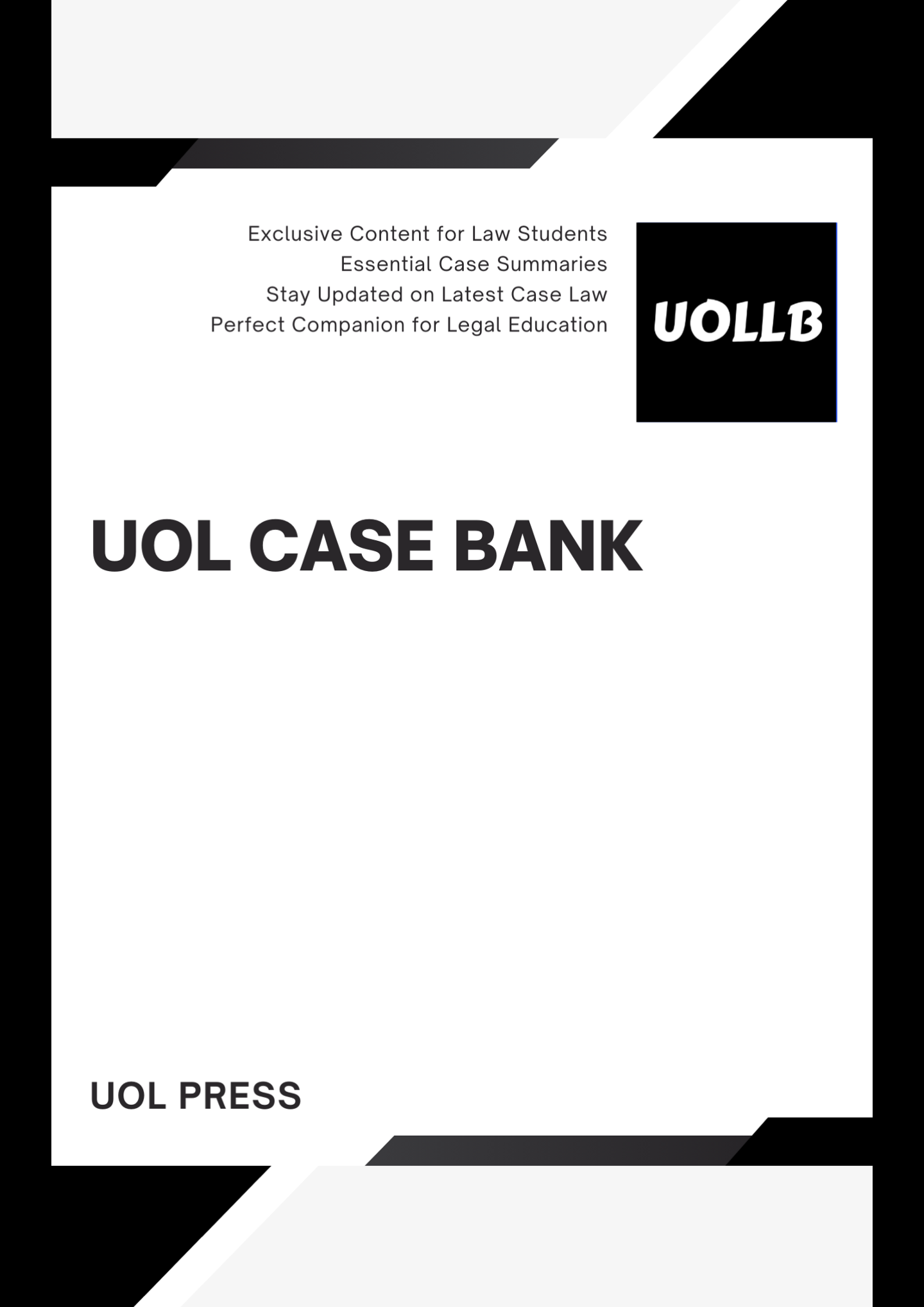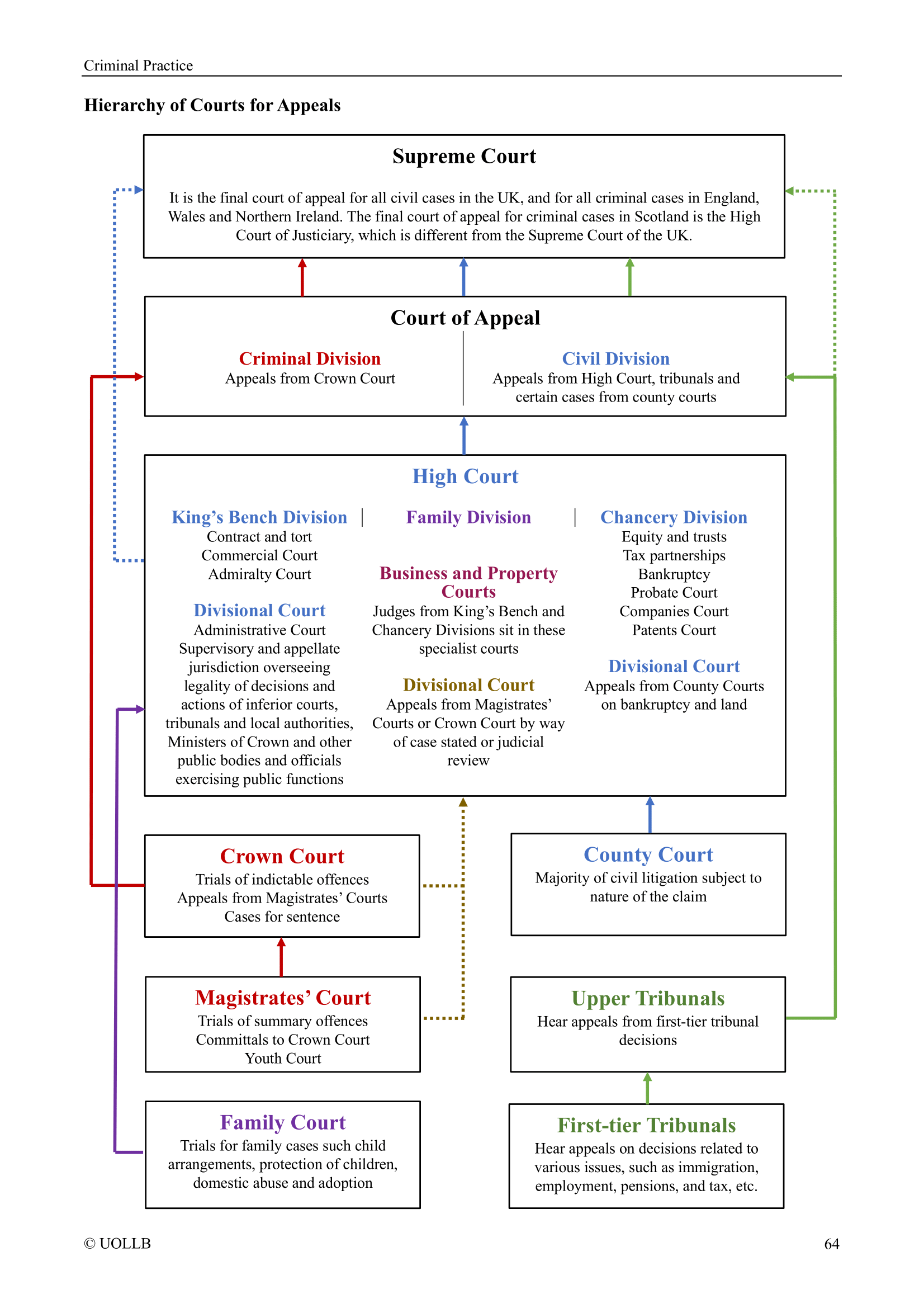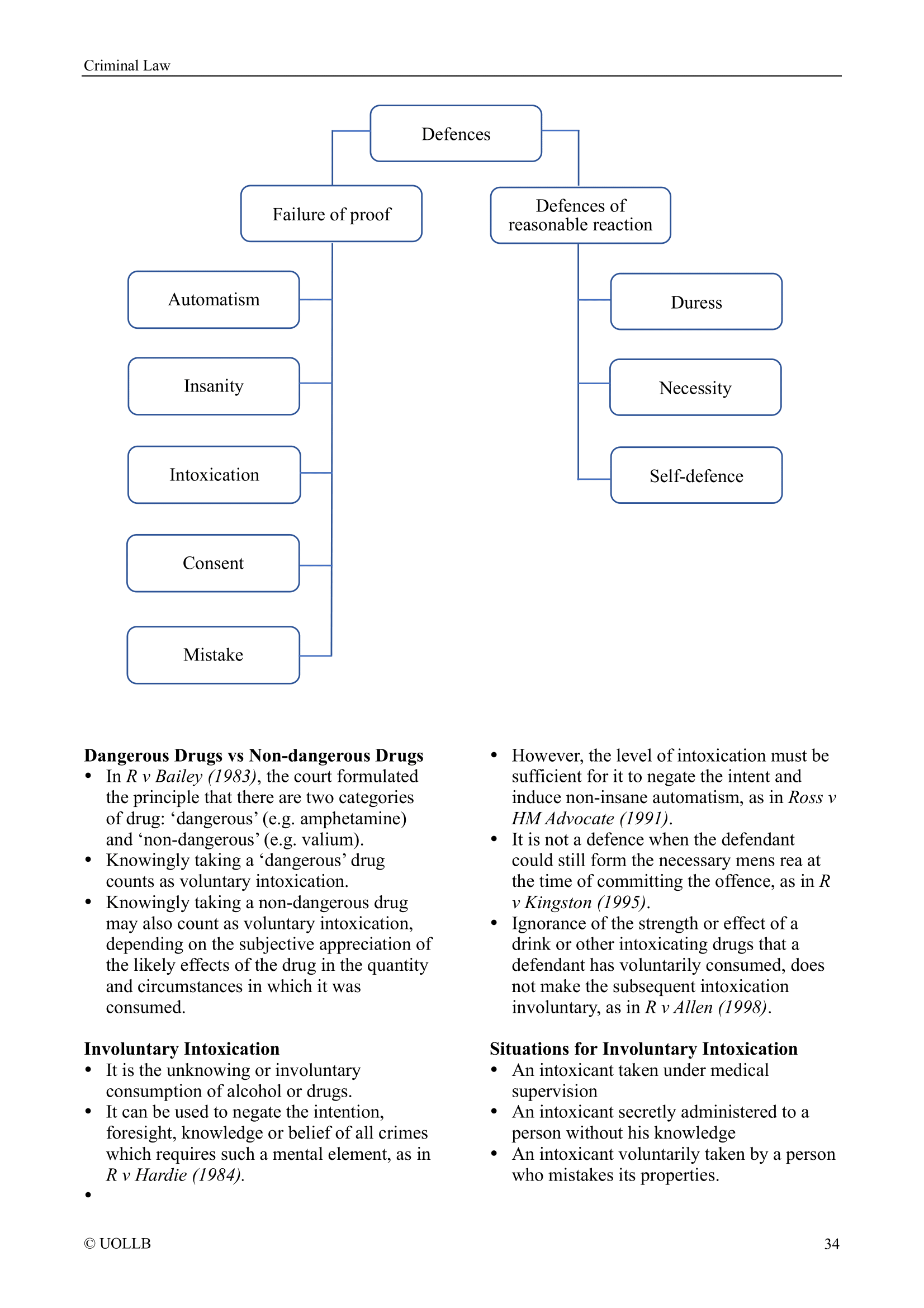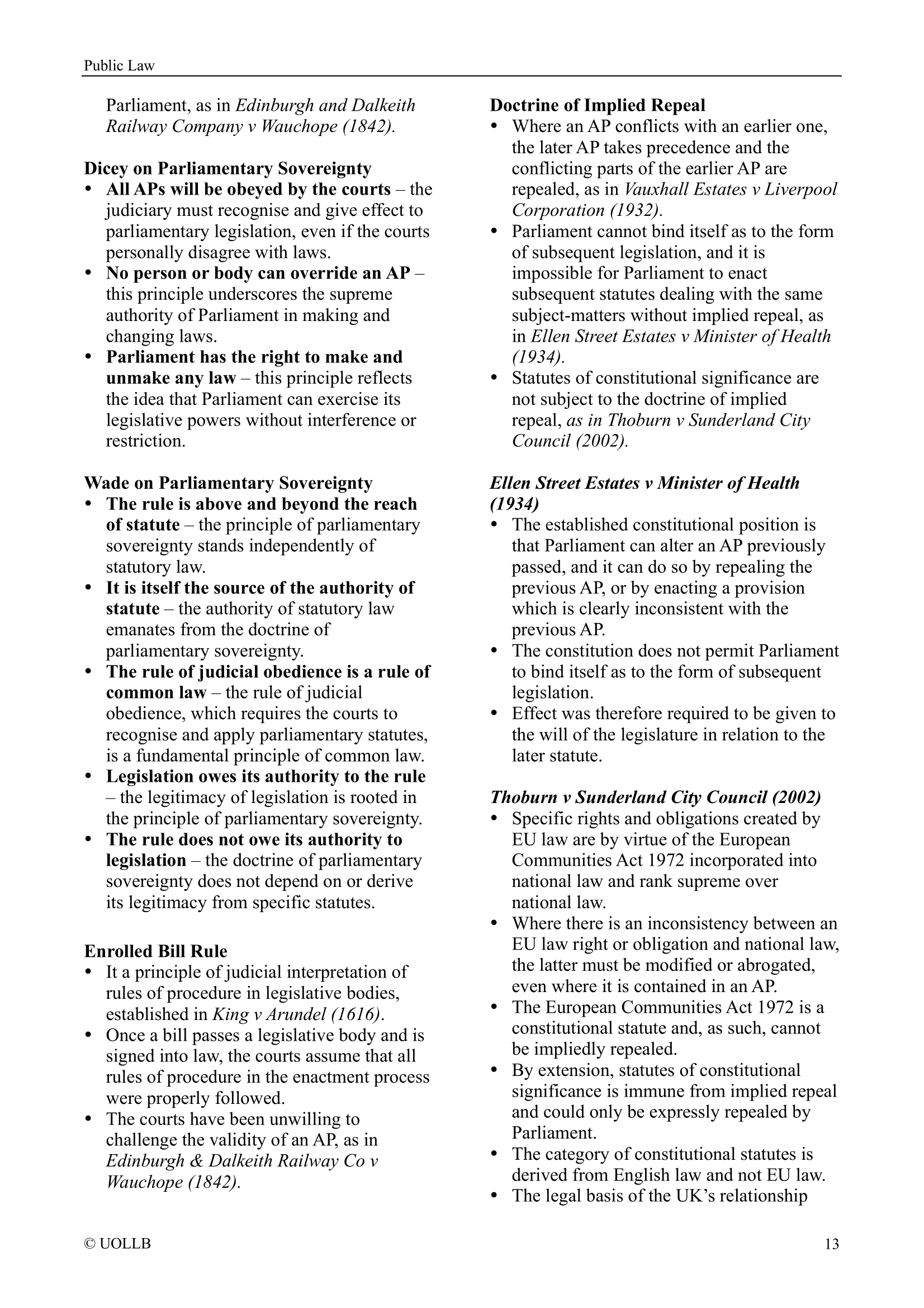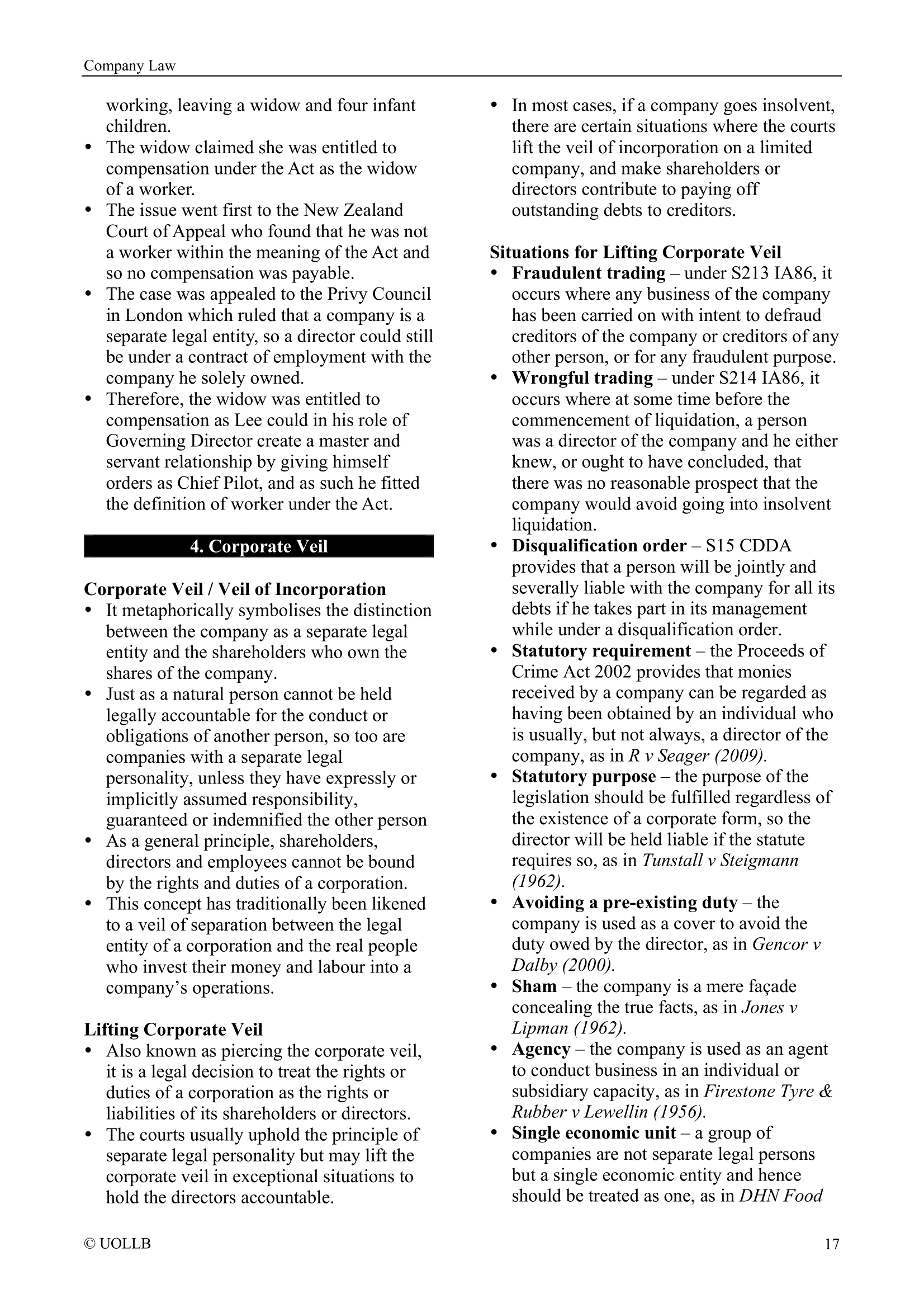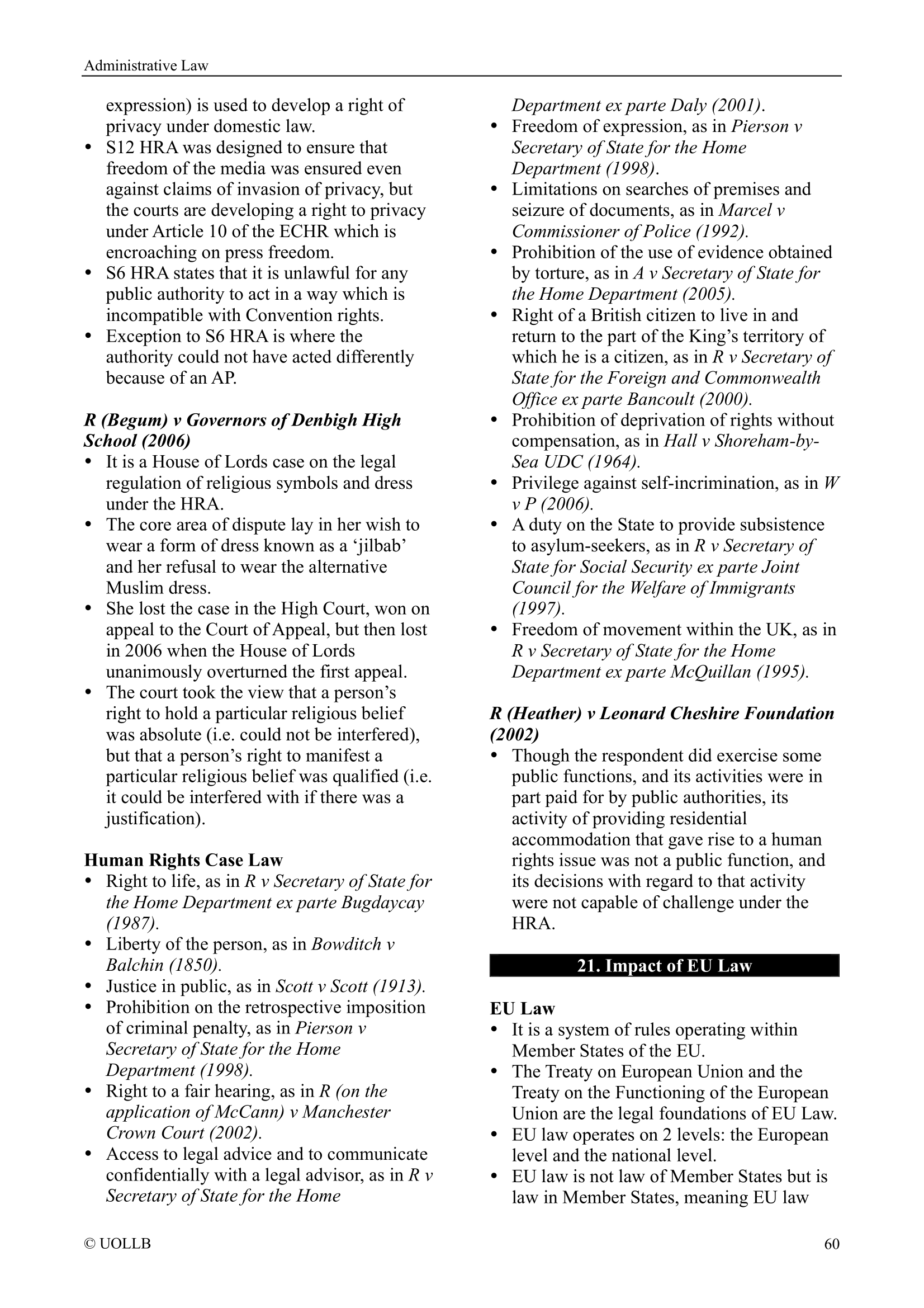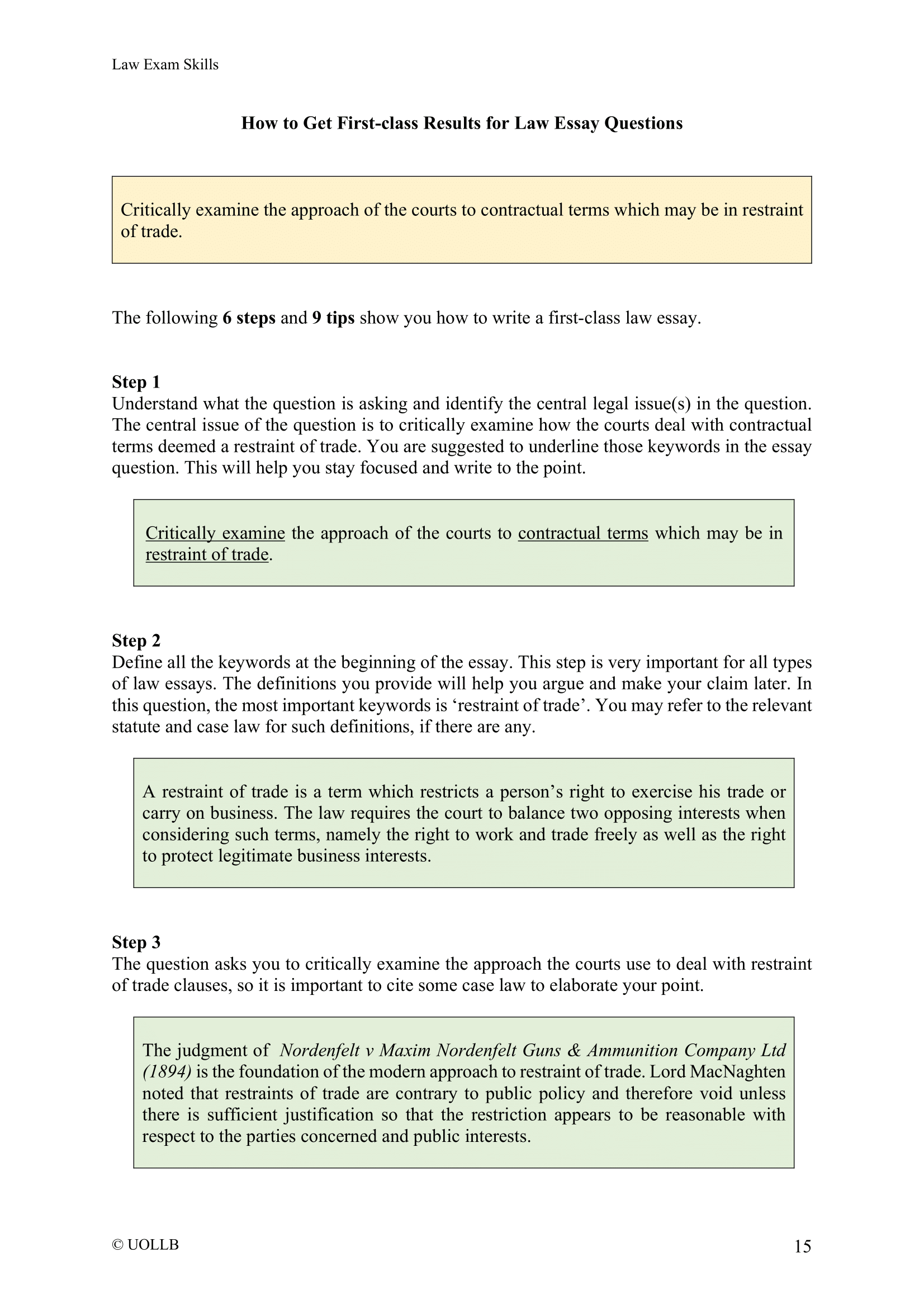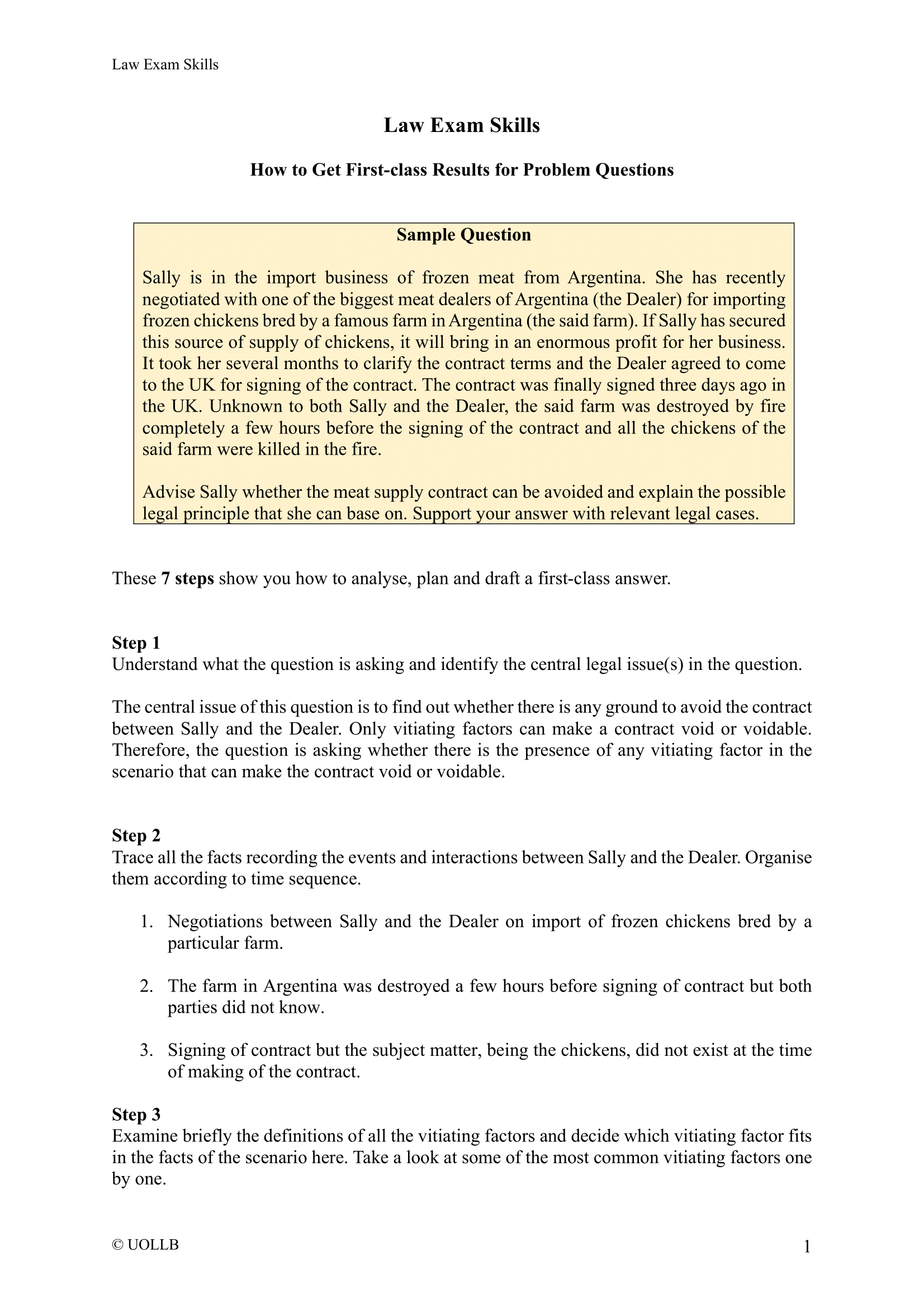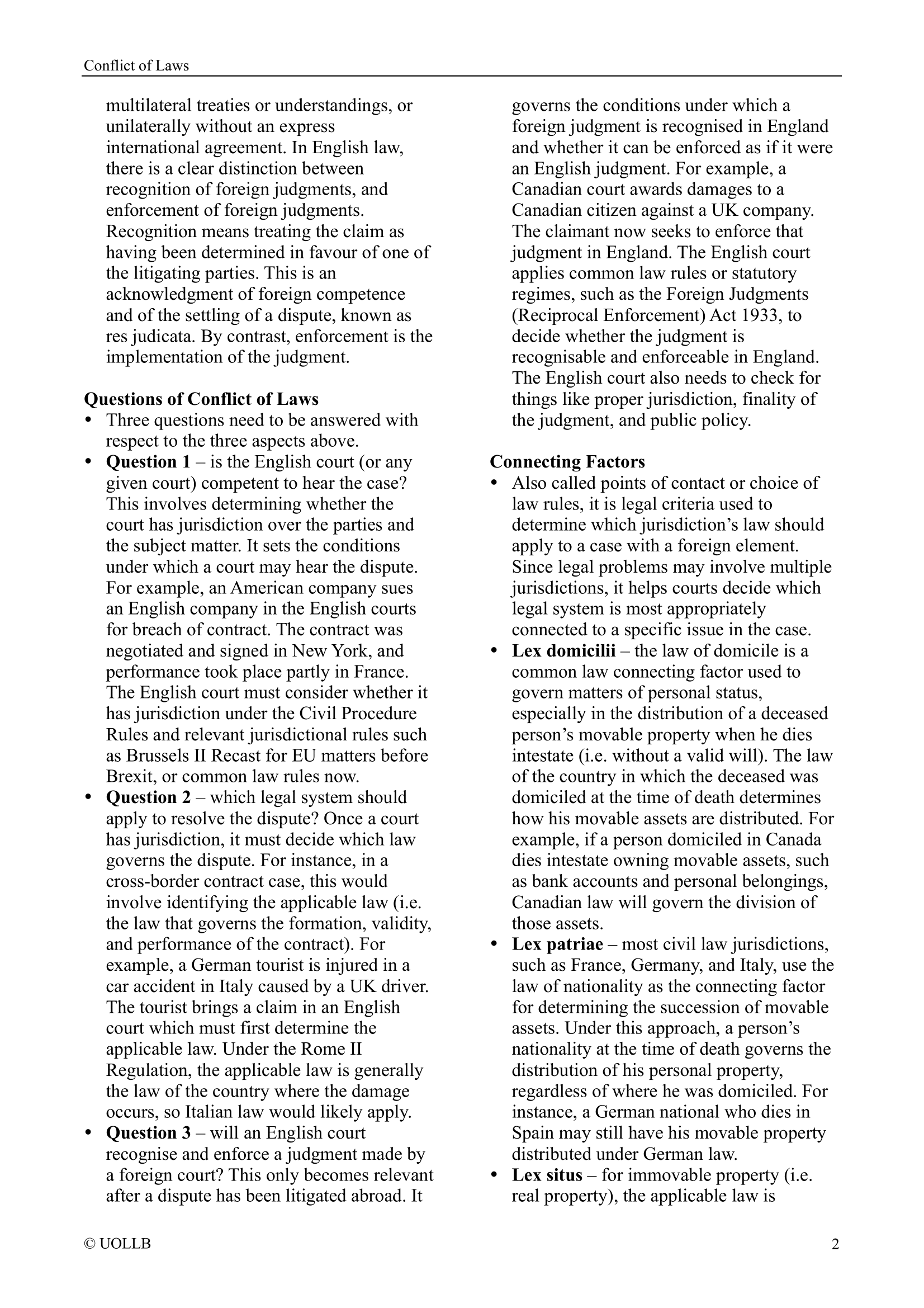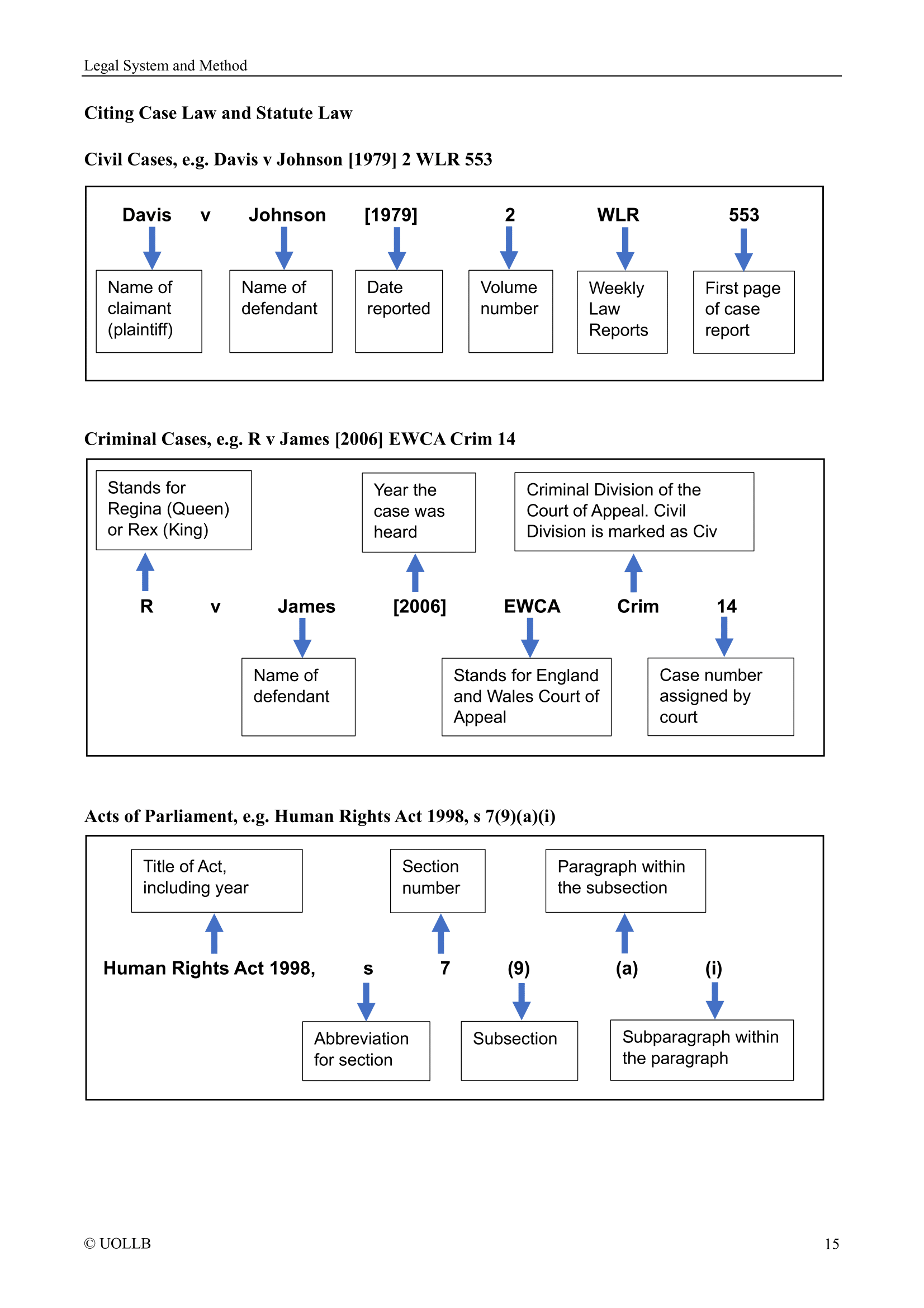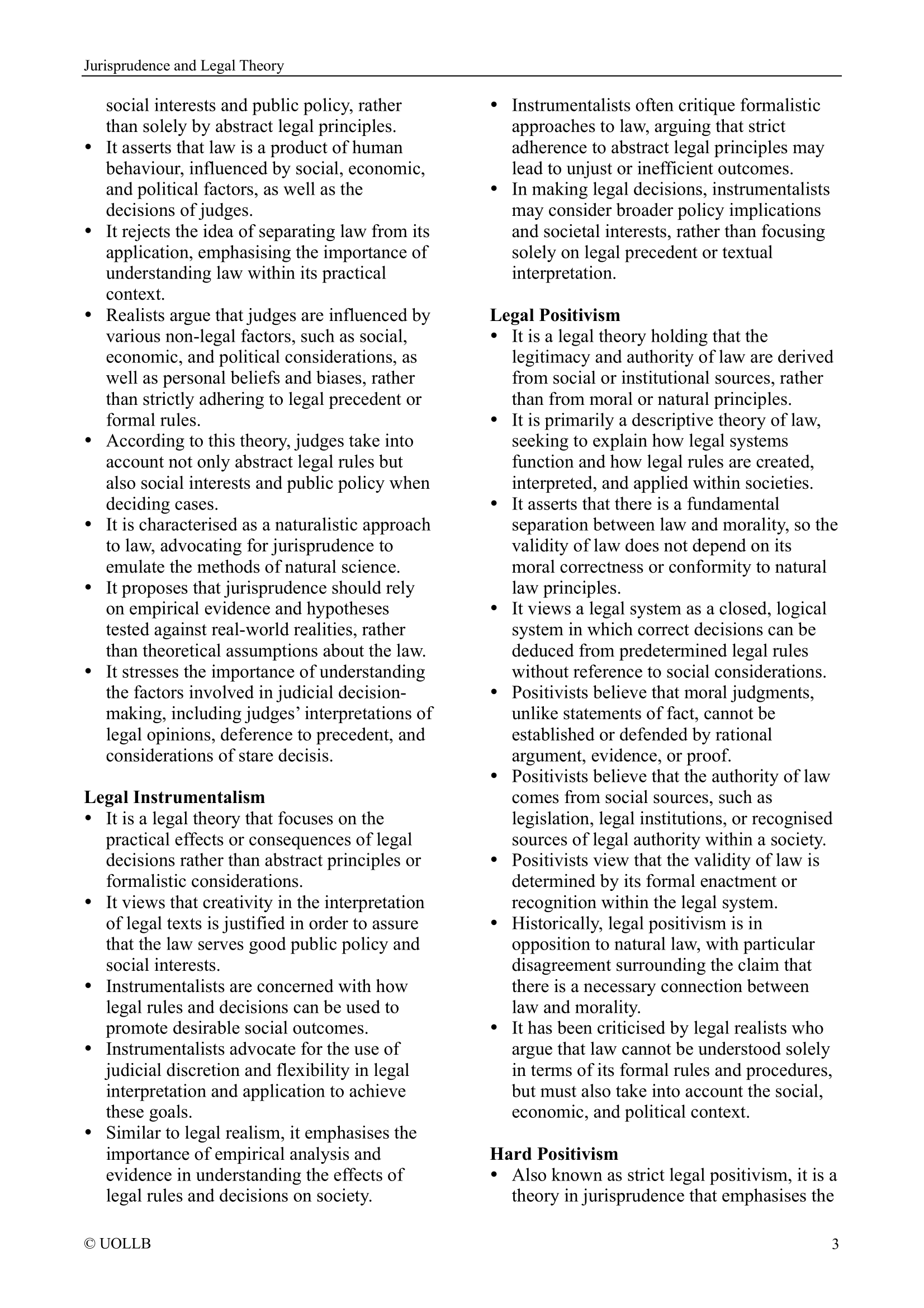Identifying Ratio Decidendi and Obiter Dicta
Share
Identifying ratio decidendi and obiter dicta in a judgment is not a straightforward exercise because judges rarely signpost which parts of their reasoning are binding and which are not. Instead, it is a matter of interpretation and careful reading of the judgment in its legal and factual context.
To identify the ratio decidendi, you must first isolate the material facts of the case (the facts that were necessary for the court’s decision). The ratio is the legal principle that the court applied to those facts to resolve the dispute. A useful way to think about this is to ask: If the case had been decided differently, which part of the reasoning would necessarily have had to change? That part of the reasoning usually reflects the ratio. For example, in Donoghue v Stevenson [1932] AC 562, the key fact was that the manufacturer had no direct contract with the consumer, yet the court still imposed a duty of care. The ratio therefore emerged as the principle that a manufacturer owes a duty of care to the ultimate consumer, even in the absence of contract.
Identifying obiter dicta requires a different approach. Dicta are statements that are not strictly necessary to resolve the dispute, often taking the form of hypothetical scenarios, analogies, or comments about what the law would be in different circumstances. When reading a judgment, if you find passages where a judge says “if the facts had been different, then the law would apply in this way” or discusses broader policy questions beyond the immediate dispute, these are usually obiter. For example, in R v Howe [1987] AC 417, the ruling that duress is not a defence to murder was ratio because it directly decided the issue before the court, but the further comments that duress should not be a defence to attempted murder were obiter, since the case itself did not concern attempted murder.
The task of distinguishing between ratio and dicta often depends on how later courts interpret the decision. A statement initially intended as obiter can later be elevated into binding principle if subsequent courts adopt it. This happened in R v Gotts [1992] 2 AC 412, where the House of Lords treated the obiter remarks in Howe as authoritative when confronted with the issue of attempted murder. This illustrates that the identification of ratio and dicta is not only about what the original judge said, but also about how the precedent is later received and applied.
In practice, the skill lies in reading judgments with an eye to what was essential for the decision and what was additional commentary. The ratio is tied to the material facts and the decision itself, while dicta are everything said “by the way”. Yet the distinction is not rigid, and interpretation by later courts plays a crucial role in defining which parts of a judgment are binding.
